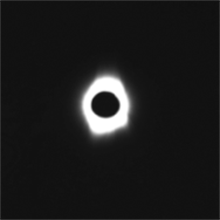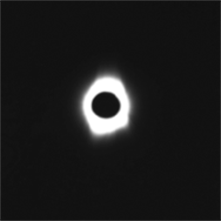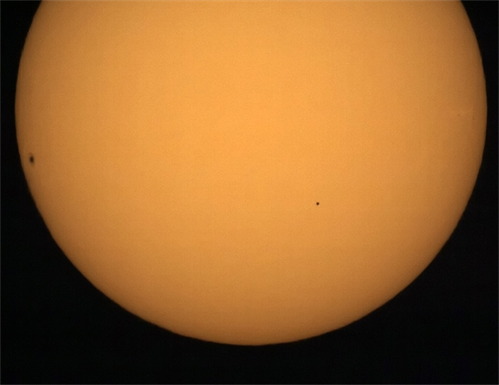Solar Kick Off
July 27, 2017




By now you’ve probably read about the Great American Solar Eclipse [CELESTRON eclipse page LINK] coming up next August 2017 which we’re all chomping at the bit to experience. We really can’t wait! But what is happening with the Sun in the meantime? Fortunately, to get our fix, there’s a semi-rare opportunity to see our closest planet in the Solar System transit the Sun on May 9, 2016.
With the recent total eclipse in the Pacific on March 9th, and the up-coming Mercury transit on May 9th, we are reminded of the show the Sun put on for us in 2012, close to solar maximum, where we were treated to an annular eclipse in May, followed by the last-of-a-lifetime transit of Venus in June. 2016 and 2017 will not disappoint either, and it has us all scrambling to get our gear in order.
The Mercury transit is really something best seen with a filtered telescope. (Oh, and when we say filtered, make no mistake, it MUST be a front aperture solar filter or specialized solar telescope for safe viewing!) Filtered binoculars can pull it off, but the disk of Mercury will be a mere 12 arc seconds in diameter. Without some magnification, it will look like a dot a best. With some magnification through a telescope, you’ll easily resolve a disk, and know that disk is crossing in our line-of-sight over the Solar System’s fusion powerhouse. When magnification is involved (let’s say 60x or higher), it’s generally recommended to have a telescope that tracks. And keep in mind computerized go-tos like the NexStar SLT 127 can be aligned on the Sun during the day! This is a huge advantage for star parties and outreach events where quick tracking, even during the day, is essential.

Mercury transiting the Sun (sunspot on left, Mercury on right), captured November 8, 2016. © Stellarscapes.net by Bryan Cogdell
Events like these also give us a special appreciation for realizing just how quick and active the Solar System is. Here we are, able to witness our Sun slinging a planet around its mighty gravitational pull in broad daylight. The whole thing takes place in just under 7.5 hours, though most of us in North America will only be able to catch the last half in the morning.
Kick off your solar observing with the Mercury transit this May!
Reference pages:
http://eclipse.gsfc.nasa.gov/transit/catalog/MercuryCatalog.html


























